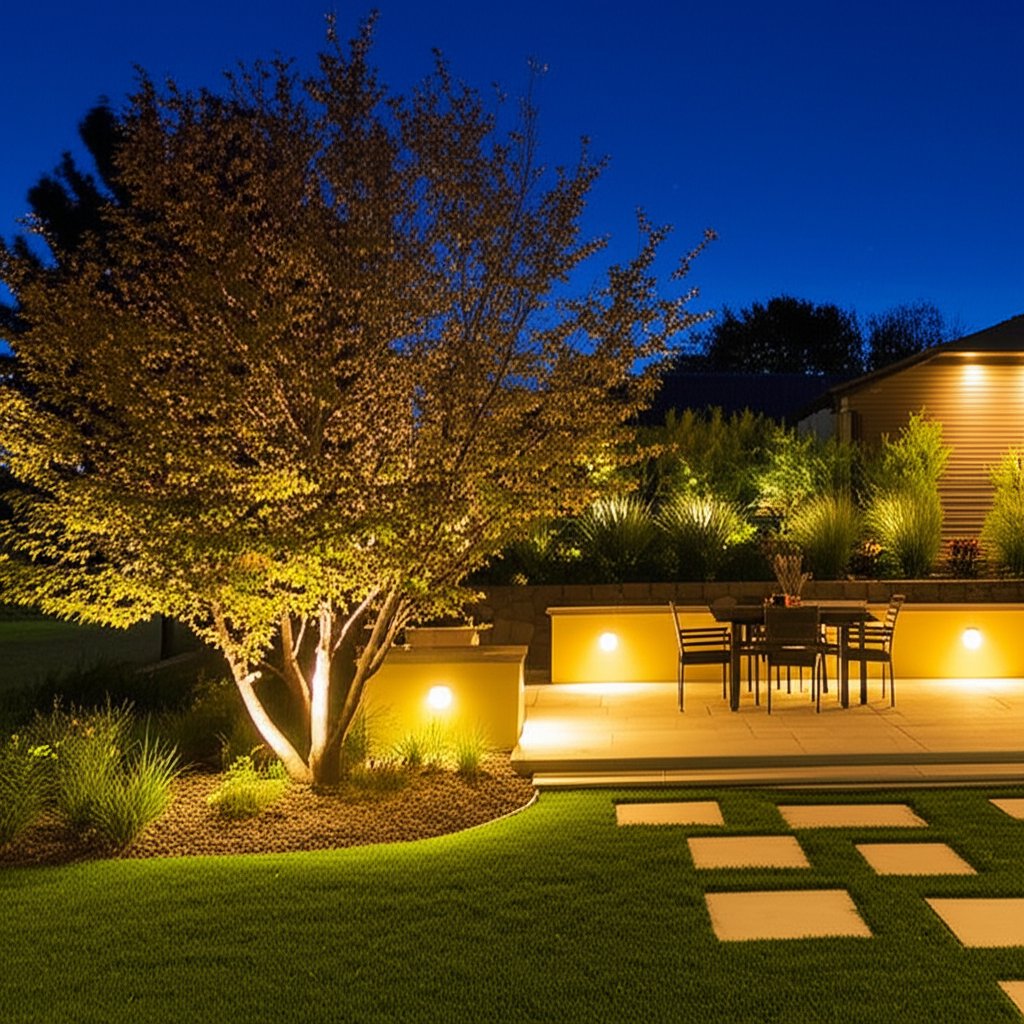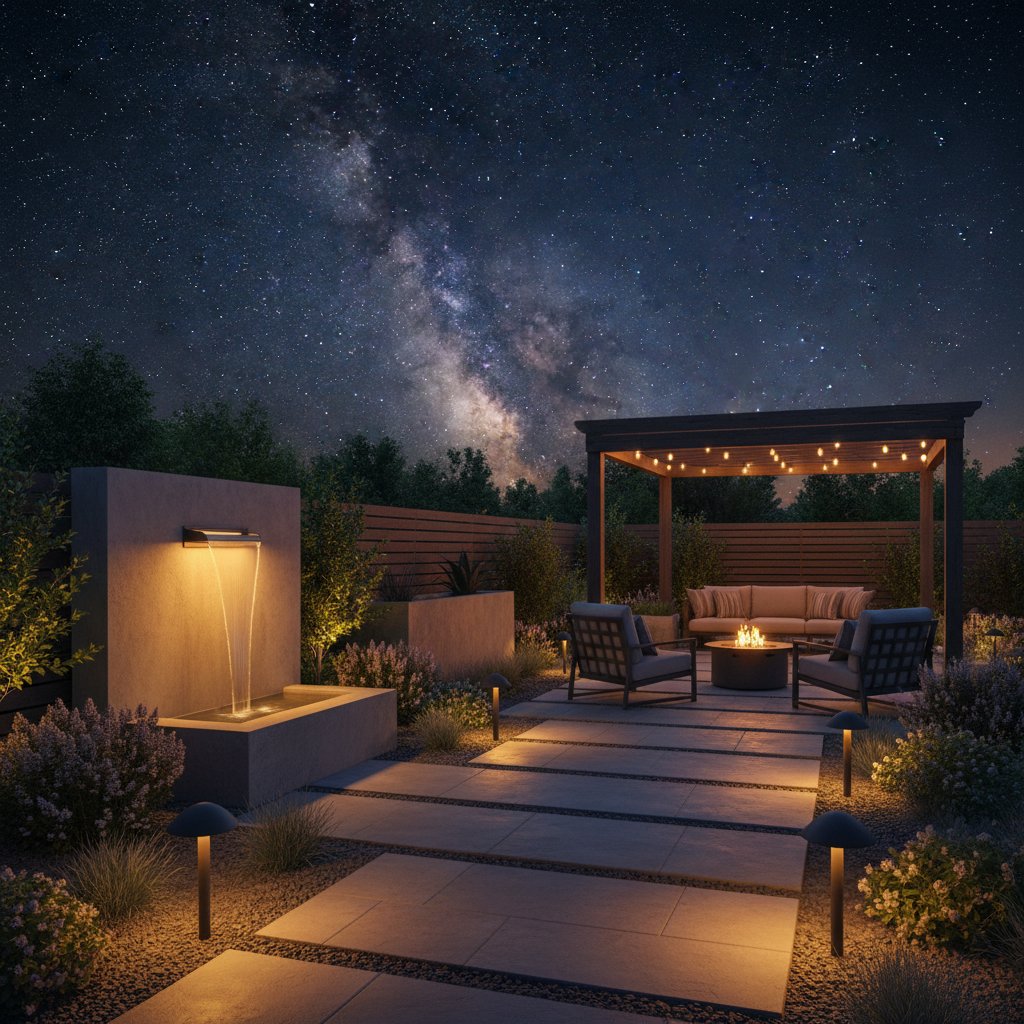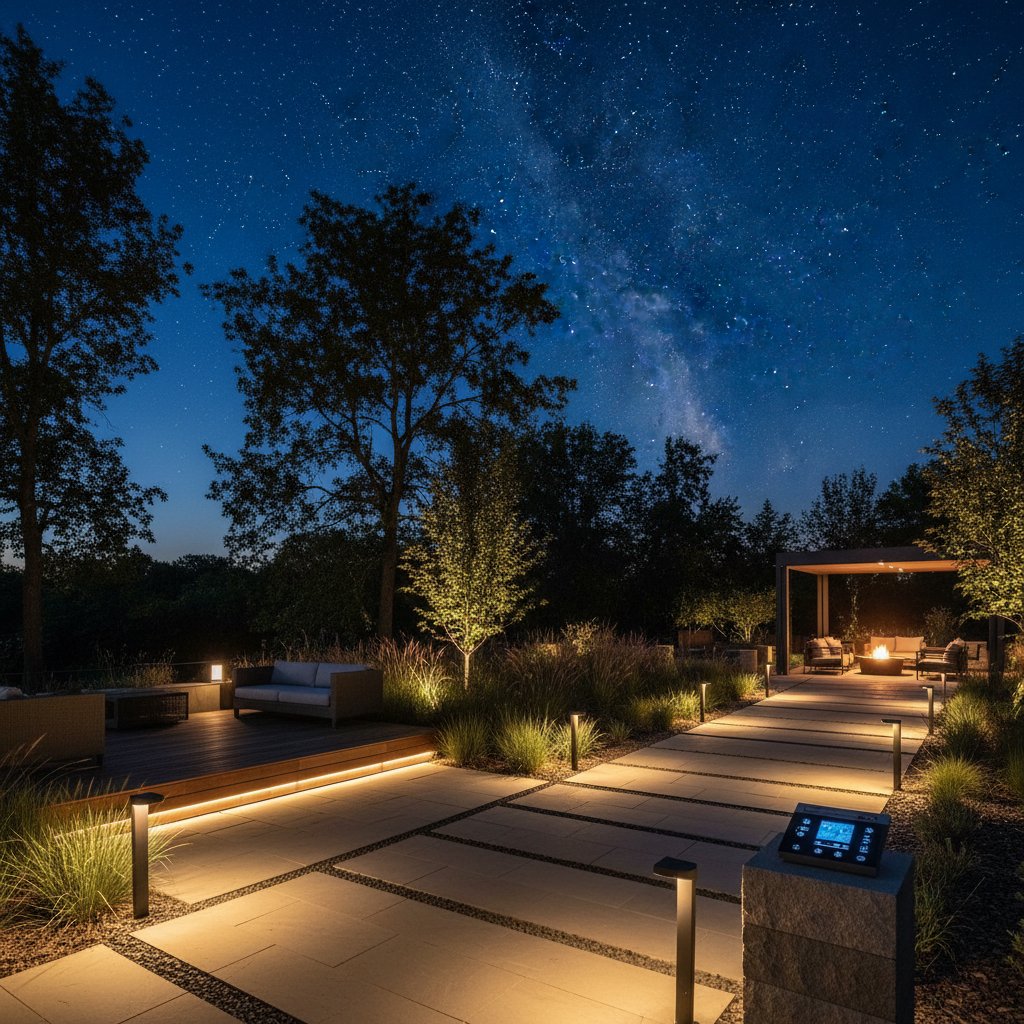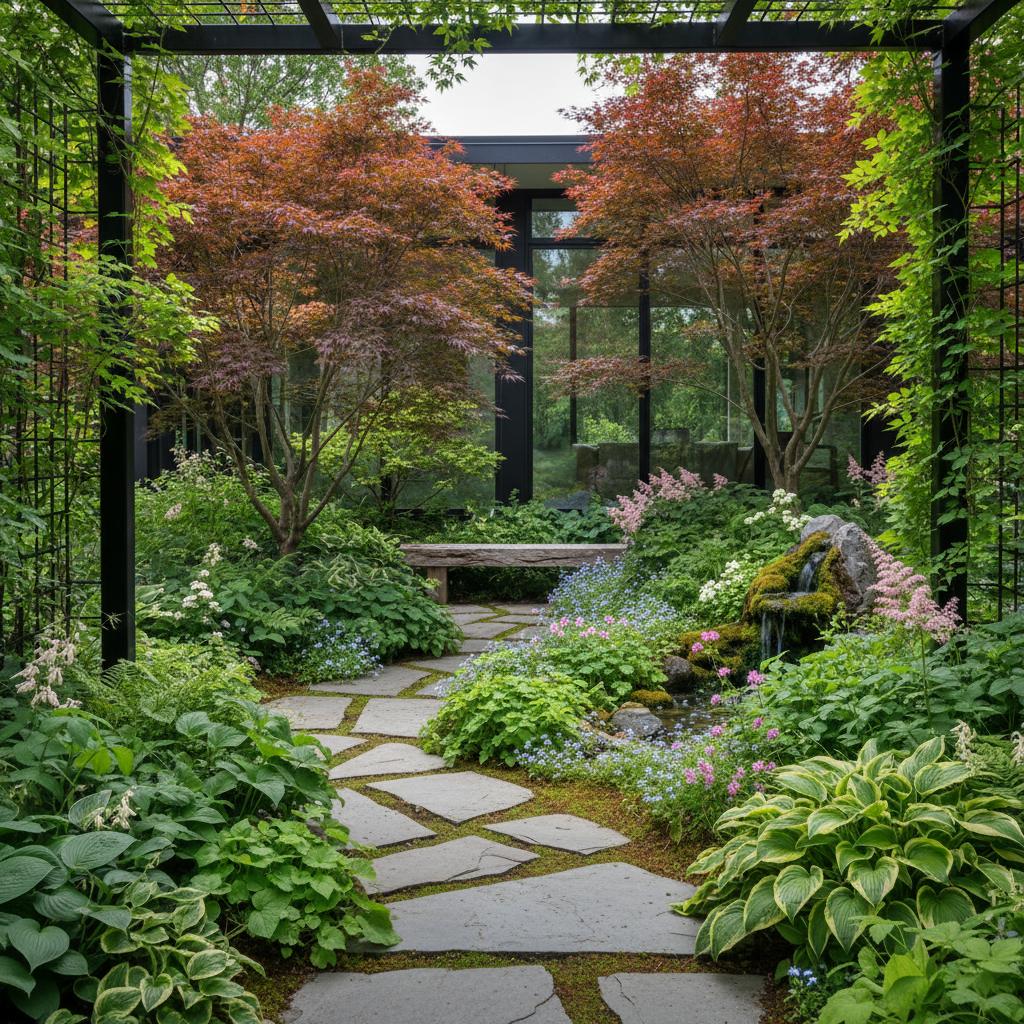How Dark Sky Rules Can Transform Your Yard's Nighttime Glow
Homeowners who value evening time in their outdoor spaces recognize that lighting profoundly influences the atmosphere. The emerging Dark Sky lighting standards prompt a reevaluation of outdoor illumination practices. These standards aim to diminish light pollution, safeguard wildlife, and reinstate visibility of the night sky. For property owners, they introduce innovative methods to develop welcoming, energy-efficient, and regulation-compliant exterior environments.
Understanding Dark Sky Regulations
Dark Sky regulations center on a core principle: direct light precisely to intended areas while preventing it from illuminating the sky or intruding on neighboring properties. This involves selecting fixtures that cast light downward, regulating intensity levels, and opting for warmer light hues. The objective remains to preserve natural darkness without compromising security or aesthetic appeal.
Compliance with these standards does not necessitate forgoing effective lighting. Property owners instead adopt more intentional strategies for light usage. Such methods accentuate landscape features while upholding the integrity of the nocturnal ecosystem.
The Impact of Light Pollution
Light pollution occurs when artificial illumination extends beyond its designated purpose. It illuminates the night sky excessively, interferes with biological rhythms, and squanders energy resources. Common sources include streetlights, broad floodlights, and ornamental installations that prove overly intense or improperly directed.
Beyond obscuring celestial views, light pollution disrupts sleep cycles for humans, disorients wildlife navigation, and inflates electricity expenses. Recognizing the extent of light escaping upward clarifies the necessity for enhanced management techniques.
Assessing Your Current Yard Lighting
Dark Sky guidelines often necessitate a review of existing installations. Upward- or outward-projecting floodlights become suboptimal choices. Exposed bulbs that project light directly into eyes or onto adjacent lots require shielding or outright substitution.
Consider these essential adjustments:
- Fixtures: Select fully shielded models that channel light downward. These feature opaque tops and lateral barriers to eliminate glare.
- Bulbs: Opt for options with color temperatures at 3000K or below. Warm white illumination proves easier on the eyes and minimally intrusive to animal behaviors.
- Placement: Position lights near ground level for optimal efficacy. Examples include pathway illuminators, step markers, and low-profile garden units.
- Controls: Incorporate motion detectors or programmable timers. These mechanisms curtail energy consumption by activating lights solely during required periods.
Achieving Safety and Aesthetic Harmony
A frequent concern involves diminished safety from reduced lighting. In reality, thoughtful design enhances sightlines by minimizing glare and uneven shadows. Excessively intense or misplaced lights often impair visibility more than they aid it.
Dark Sky approaches emphasize precision over sheer luminosity. Balanced illumination permits natural eye adaptation, facilitating clearer detection of motion. This technique yields a subdued, hospitable ambiance for patios, walkways, and garden zones, fostering tranquility rather than stark intensity.
Evaluating Costs for Upgrades
Transitioning to Dark Sky-compliant fixtures need not strain budgets. Numerous producers provide suitable products at accessible price points. A basic downward-oriented wall fixture typically ranges from 40 to 100 dollars, whereas integrated systems with sensors or app-based controls may exceed 200 dollars per unit.
Replacing outdated floodlights or elevated poles can yield energy savings. LED alternatives consume substantially less power and endure longer, thereby lowering upkeep demands. Cumulative reductions in utility bills frequently recoup upfront expenditures.
Installation mirrors standard outdoor projects. Retrofitting current wiring often suffices, containing labor expenses. For intricate configurations, engaging a certified electrician guarantees adherence to codes and reliable operation.
Broader Environmental and Personal Advantages
Dark Sky lighting fosters improved conditions for humans and ecosystems alike. By curbing glare and superfluous emission, it enables nocturnal species such as bats, insects, and avian migrants to follow innate paths. Vegetation thrives under stable day-night alternations, which regulate growth and blooming cycles.
For residents, restored darkness facilitates stargazing and cultivates serene exteriors. Enhanced delineation between lit zones and shadows imparts depth, making yards appear more expansive and textured.
Implementing Compliance in Your Yard
Achieving Dark Sky alignment proceeds incrementally. Follow this structured approach:
- Conduct a nighttime audit. Traverse your property after dark to identify fixtures emitting upward light or generating glare.
- Modify or replace elements. Apply shields or exchange non-compliant units. Seek items certified as Dark Sky friendly.
- Regulate intensity. Employ reduced-wattage bulbs as feasible. Outdoor zones generally require less illumination than anticipated.
- Integrate automation. Deploy timers, dimmers, or sensors to restrict operational durations.
- Verify effectiveness. Observe from a distance to detect any light trespass. Aim for uniform coverage in focal areas without encircling radiance.
Pitfalls to Sidestep During Transition
Certain property owners err by under-illuminating or selecting overly subdued fixtures. Equilibrium remains paramount. Sufficient coverage ensures security without dominating the surroundings.
Steer clear of these issues:
- Elevating mounts excessively. Ground-level positioning concentrates light effectively.
- Selecting cool-toned bulbs. Higher Kelvin ratings amplify glare and diffusion.
- Neglecting shadow patterns. Placement should illuminate voids strategically without overwhelming spaces.
- Overlooking upkeep. Accumulated debris on lenses alters light distribution.
Realizing a Sustainable Nighttime Landscape
Adopting Dark Sky principles extends beyond regulatory adherence. It involves crafting exteriors that integrate naturally, operate efficiently, and captivate visually under cover of darkness. Experiencing the enhancement from refined lighting prompts reflection on the drawbacks of indiscriminate brightness.
Initiate with modest changes, such as updating select fixtures or bulbs. Observe nocturnal shifts in light behavior across your grounds. Iterative adjustments reveal how moderated illumination elevates both functionality and allure.
This commitment extends goodwill to neighbors and the planet. Directed light preserves habitats, conserves resources, and unveils pristine skies for collective enjoyment.



